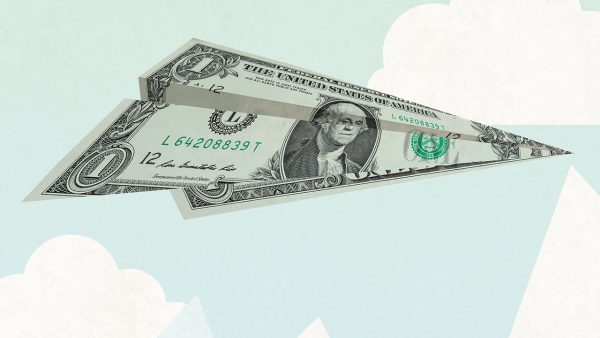A firsthand experience of the convenience that comes with Apple Pay.
I recently vacationed in Iceland and spent just 4000 krona (or about $40 US) in cash. The least amount of cash I’ve ever spent on any vacation in my life. Of course, I spent a lot more money than that, but Iceland is pretty much a cashless society, so I didn’t need actual cash.
In a country of roughly 300,000 people and 800,000 sheep, you can pay using your phone everywhere. From the hot dog vendors on the streets of Reykjavik to the tiny merchants in the middle of nowhere and pay toilets in the countryside, everyone accepts mobile payments. The only place where we used cash was for road tolls, and we only did that because it was easier to just hand the attendant exact change when there was a line of cars behind us.
Before going to Iceland, I rarely used Apple Pay and didn’t really see a benefit. The few times I had tried, it was awkward and slow to use at point of sale. And few places I shopped even accept it. Plus, I worried about the security. But on vacation, I got over it. Apple Pay became my go-to payment option because it was just so simple, easy and quick. At the grocery store, the gas station, the coffee shop, the Viking Museum – anywhere I wanted to go. It let me travel light, with just my phone.
I did have some trepidation, especially because Iceland was one of the countries that suffered the most from the financial crisis. Their three major commercial banks – who, together, were 10 times the country’s total GDP – went bankrupt. Plus, I knew GDPR (European General Data Protection Regulation) officially went into effect the week I was there, and I worried that would somehow mess up something. But the convenience of it was so compelling that I got over my concerns and figured it would all work out. It did. But I did check my banking account app several times during the trip to make sure nothing looked hinky.
Iceland launched contactless mobile payments back in 2013.
And, while there are no issuing banks in Iceland that agreed to the Apple Pay terms, Apple Pay uses the same protocols that are used in the general contactless payments world. Iceland uses Visa Paywave – a technology most Americans have likely never heard of nor used. Paywave is used across Europe, as contactless card-based payments are quite common there. Because most transactions in Iceland are set up to offer contactless card-based payments, by proxy, they also can accept an Apple Pay transaction, just not from their own banks.
Consumers across the globe are warming up to mobile payments. In 2018, for the first time, more than one-third (34.9%) of smartphone users ages 14 and older will use a mobile phone to pay for a purchase at a physical point of sale (POS) at least once every six months. I guess I’m now one of those.




